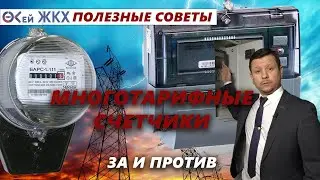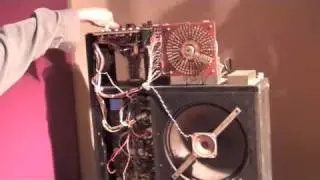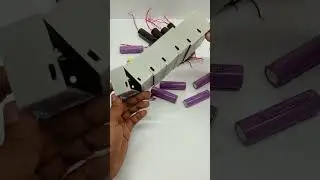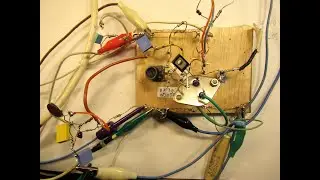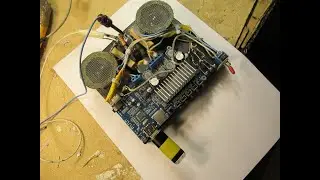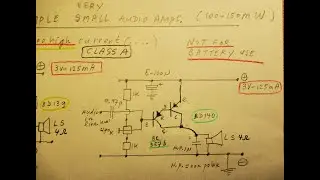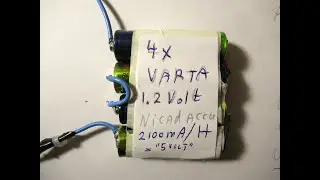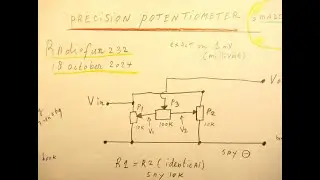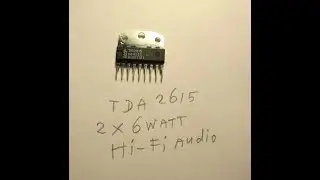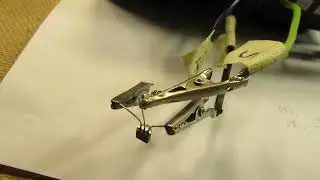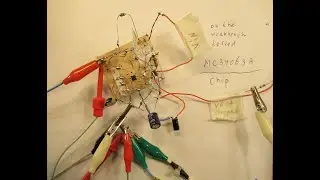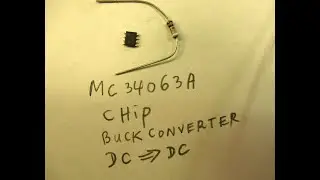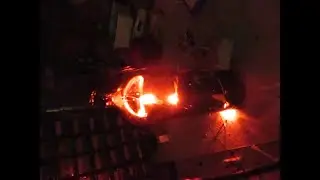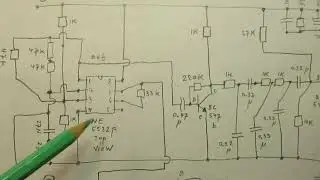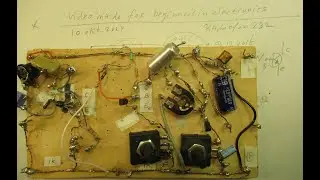Audioscope schematic (magnetic deflection circuit, input freq = 50 Hz to 10 KHz)
Video about how to make an audioscope with the help of an old school cathode ray tube, diameter approximately 22 cm.
The coils that drive the dot on the screen are mounted around the neck from the tube. Find out whether it is the horizontal or vertical movement (from the dot).
You can use two 3 watt audio amplifiers to drive the magnetic deflection coils X and Y (all low impedance, say 8 Ohm DC, see the schematic). These coils are driven via the 470 uF electrolytic capacitor to ground, minus.
Maximum frequency that can drive the dot properly is, given the high inductance/impedance from the deflection coil, approx. 10 KHz.
But very bright and super effects when you add different signals to the input from the Y and X aufio amplifiers (= 3 watt audio amps with their 470 uF cap. at their outputs, driving the deflection coils).
Also good for scientific studies from phase differencies etc.
The diodes in the HV tripler must be specific (!) HV diodes made to work properly on say 16 KHZ, normal diodes don’t work, even normal HV diodes in the 1NXXX range for (say) 1000 Volts. They load the 16 KHz coil to much, bringing the resonance frequency + (thus) energy output down.
Use a protective resistor from the HV unit to the anode, otherwise your good HV diodes will burn out quickly. Value from that series resistor to the anode is in the video. Success!
All the videos hat I have published on You Tube can be found via my Channel Trailer: Link is
• Radiofun232 on YouTube. Updated monthly.
In thematic order you can find these video’s under the “comments” section. My books about electronics are available via the website from “Lulu”, search for author “Ko Tilman” there.
Link is https://www.lulu.com/shop/search.ep?k...
My books are also available via Barnes and Noble and via Amazon. Regarding all my video’s: I constantly keep them actual, so the original video’s with the most recent information are always on YouTube. That is the source, and search there. When my video’s are reproduced or re-edited on other websites/channels you can not (!) be sure about the original content (=really working electronics) and important adaptations to the circuits.
Be aware of that, I saw on the internet many of my circuits reproduced in a poor or even not proper way. I can not help that, sorry.
![[Raw, Boring] Four Random Landings](https://images.mixrolikus.cc/video/wacFCUJeWzc)

